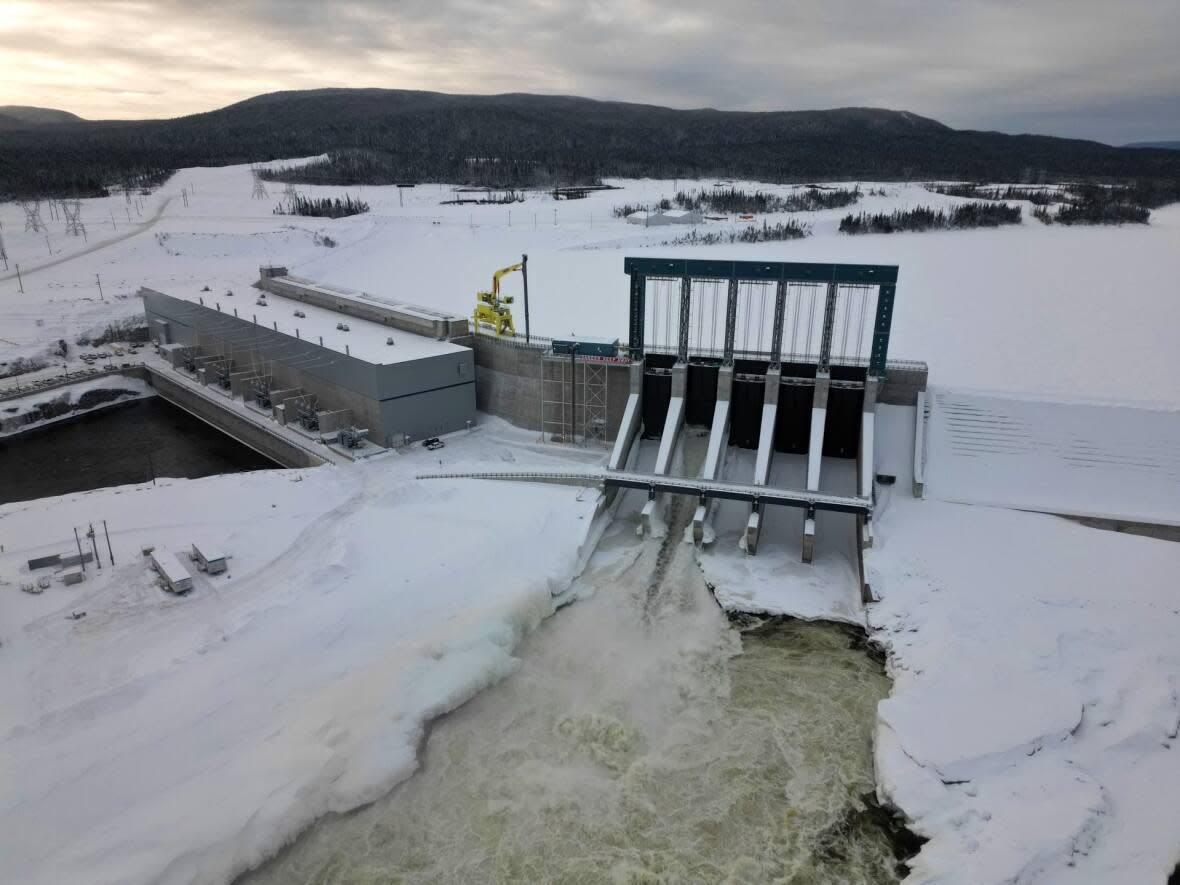If next Muskrat Falls tests fail, project won't cross finish line until next winter

Final testing on the Muskrat Falls transmission system begins anew Tuesday. If the tests succeed, the megaproject on Labrador's Churchill River will have finally crossed the finish line, albeit five years later than initially projected.
However, in the case of another failure, Newfoundland and Labrador Hydro will have to wait the better part of a year before trying again — a setback that would mean millions in added interest costs for the multibillion-dollar "boondoggle" whose price tag has nearly doubled since 2012.
The reason? High-power testing, during which 700 megawatts of electricity is sent from the Muskrat Falls dam to Newfoundland across more than 1,000 kilometres of power lines, must occur when there's ample backup power elsewhere on the grid, in case the Muskrat Falls lines go down.
Put another way, final testing can only happen during peak demand periods in winter, when demand spikes and more generators are up and running.
"To reliably send that much power into the system and, more importantly, be able to withstand the sudden loss of that power should the tests go wrong, we need to have a lot of generation online and places to sink that load, including sending power off to Nova Scotia," said Hydro's vice-president of engineering and system operator, Rob Collett.
"Cold weather is critical for these tests to be performed."
60,000 customers lost power in November
The last round of tests on Nov. 24 ended in failure, when a software bug led to a measurement problem during power switching. About 60,000 electricity customers in Newfoundland temporarily lost power, according to Hydro.
Collett said it took Hydro two months to find the problem, repair the software and prepare for another series of tests.
"We've drawn a circle around the issue that caused us to fail that test last time. So our view is that we are confident … we will be able to successfully complete this testing and and enable final commissioning of the link," Collet said Friday.
"The winter window is open to us now, and we need to make sure that we get this right in terms of this test."
According to an update Hydro provided Thursday to the Public Utilities Board, which regulates electricity utilities in Newfoundland and Labrador, factory testing of the new software will begin Tuesday. Should those initial tests be successful, the software will then be tested on the Labrador Island Link transmission lines between Feb. 15 and Feb. 28.
At present, the link is approved to transmit a little more than half the electricity the 824-megawatt Muskrat Falls dam can produce.
According to Hydro, each new month of delays adds millions in extra interest costs to the Muskrat Falls project. A Hydro spokesperson couldn't provide an exact estimate but said the Crown corporation would soon provide an update on the total cost of the Muskrat Falls project.
According to the most recent estimates, the cost of the Muskrat Falls project, pegged at $7.4 billion in 2012, has since ballooned to $13.4 billion. Construction was initially expected to end in 2017.


